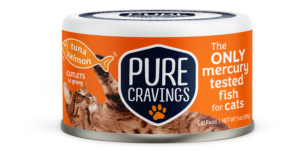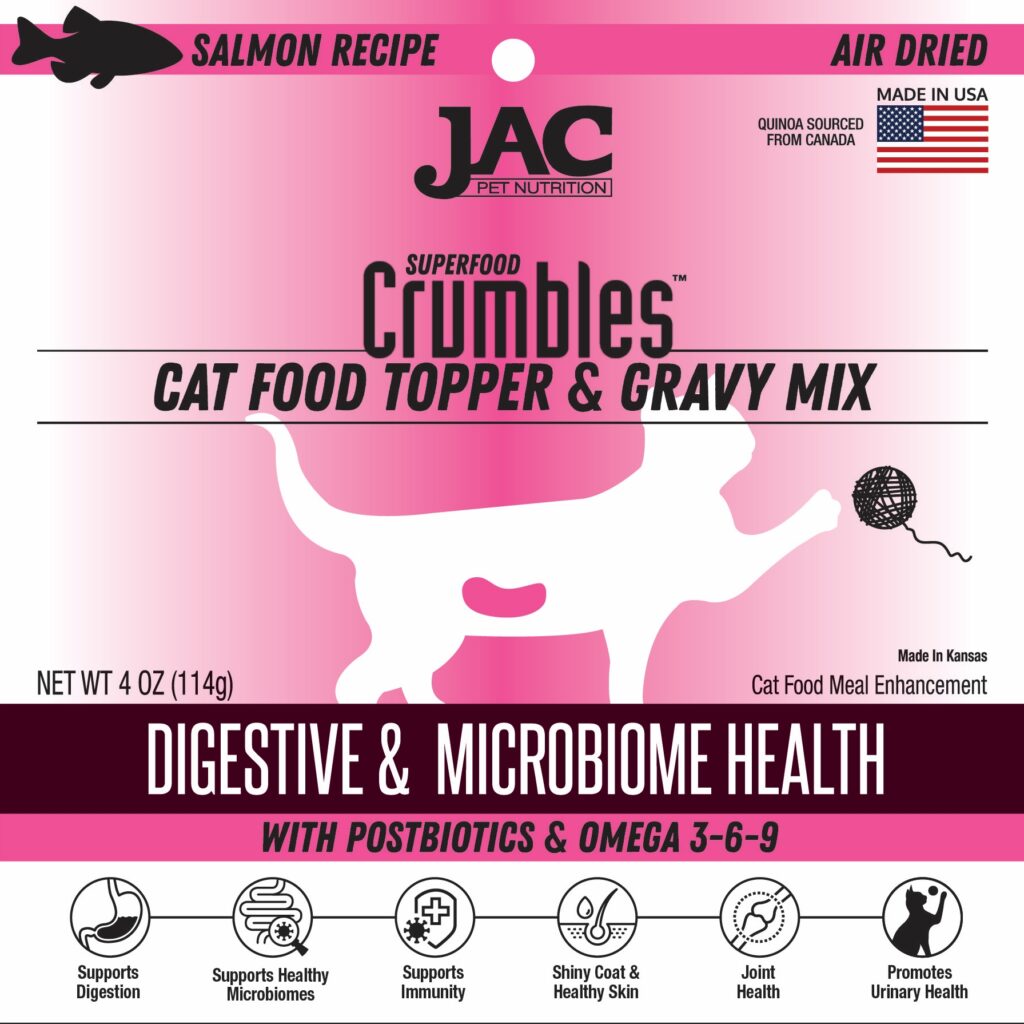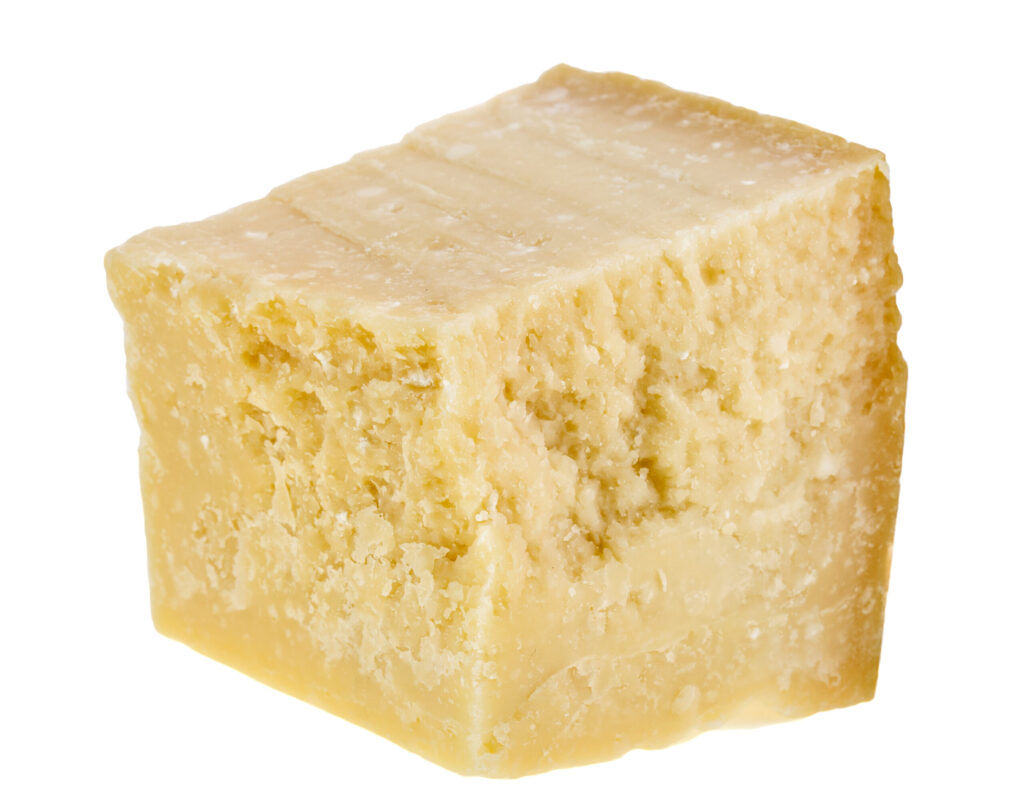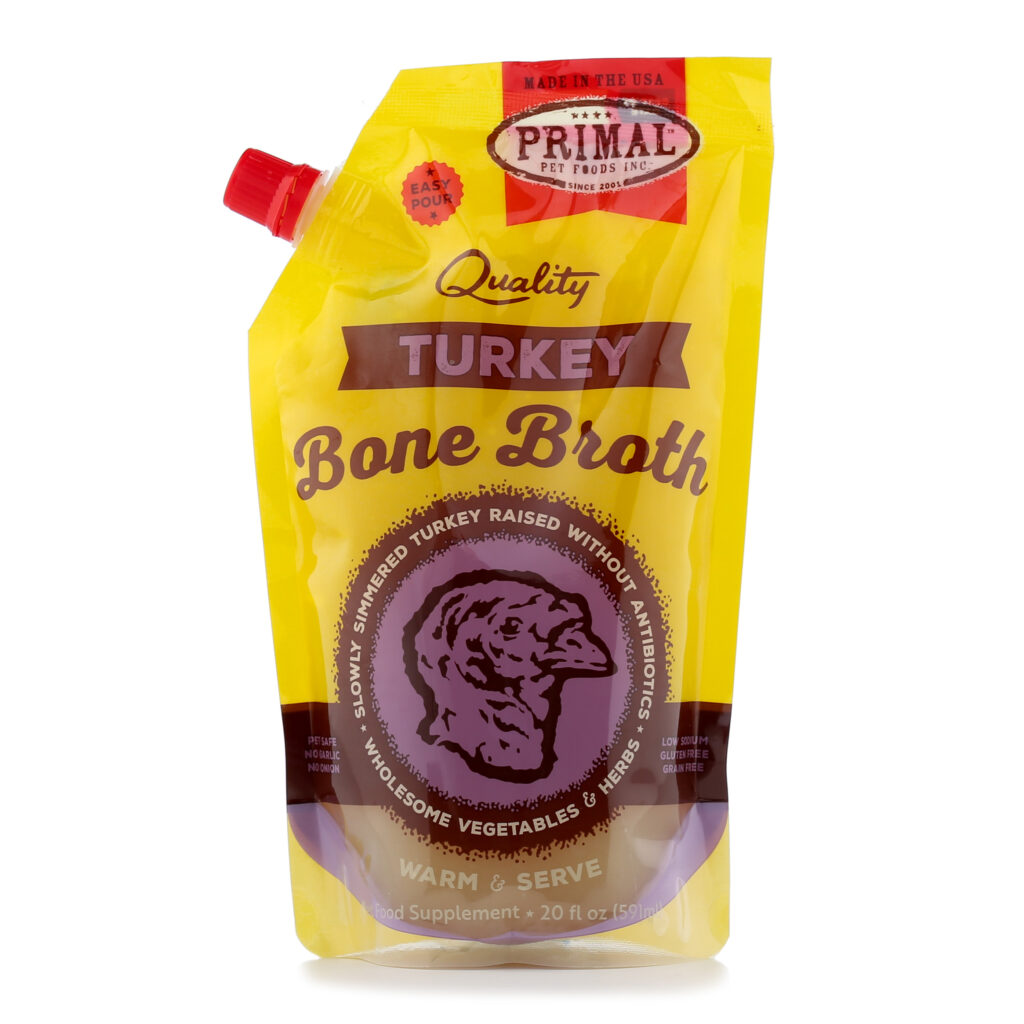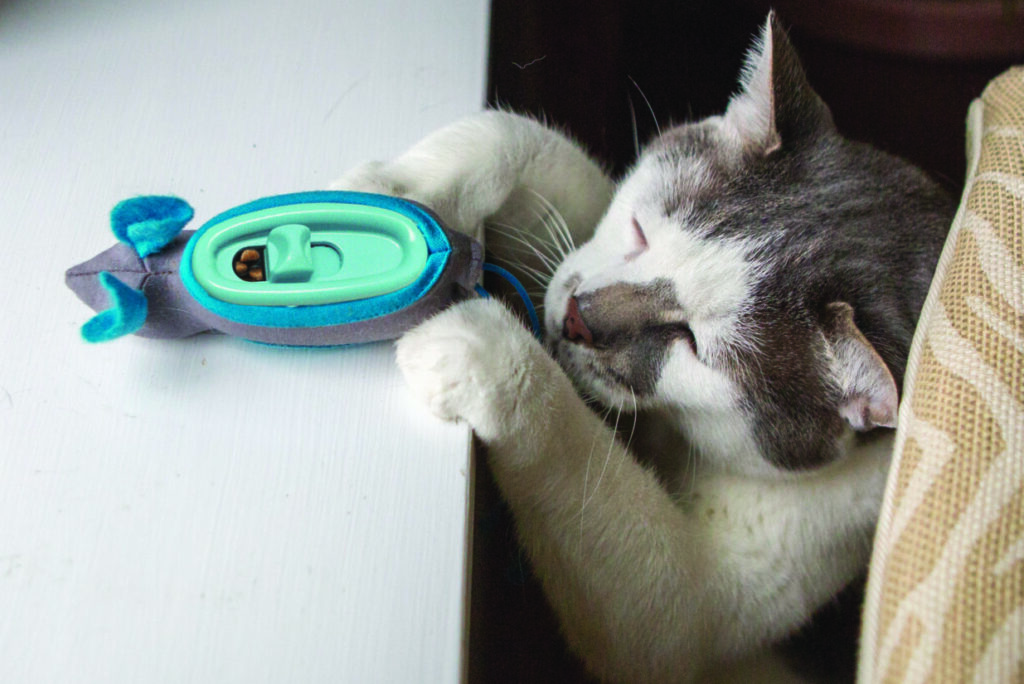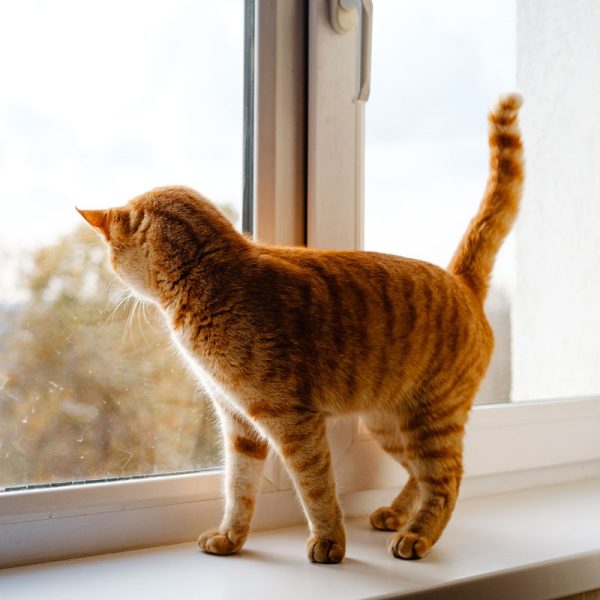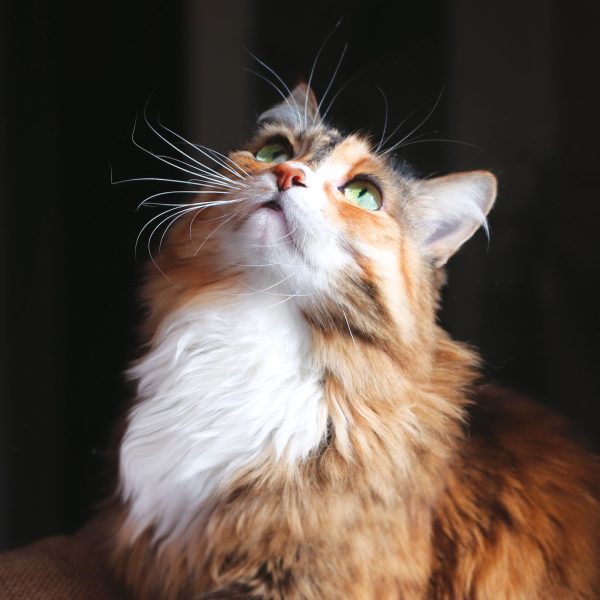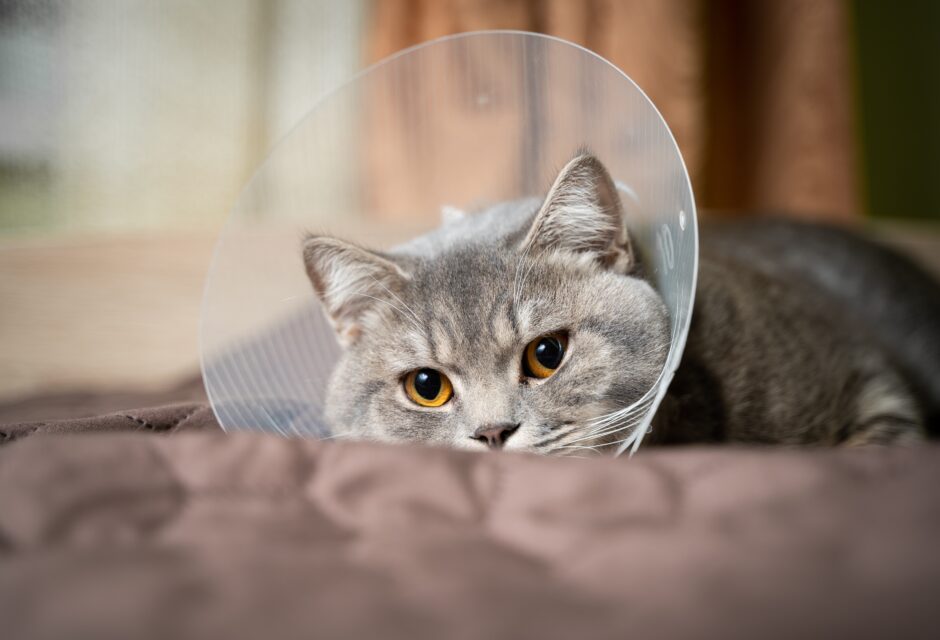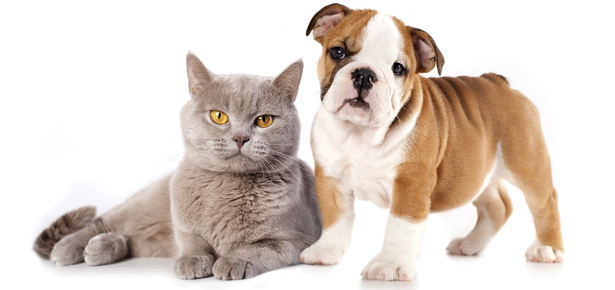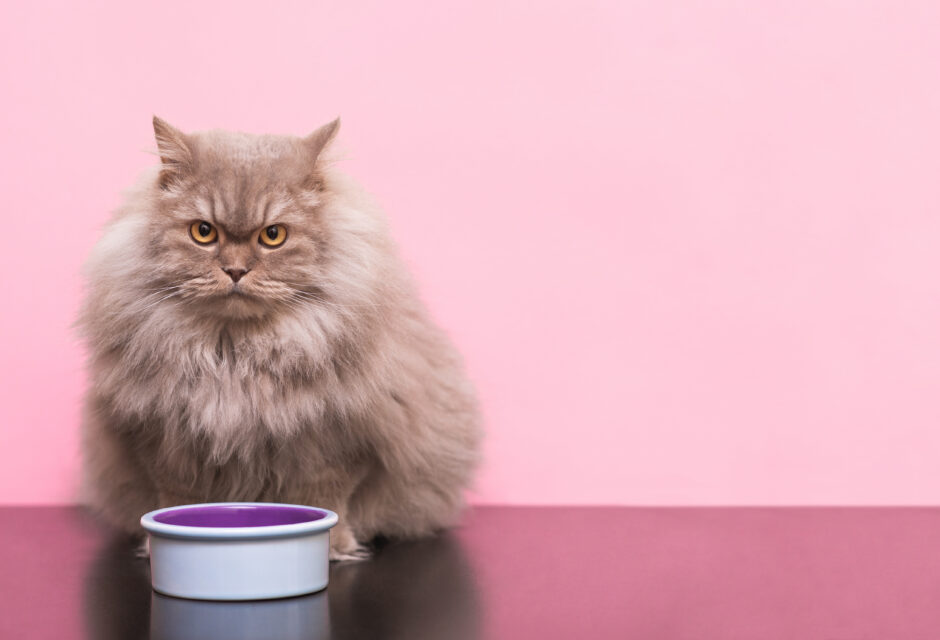
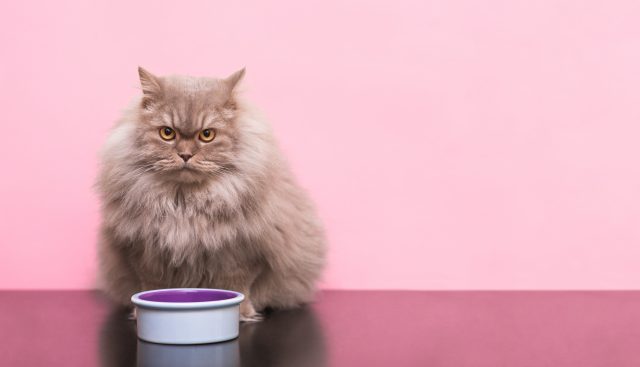
Is Your Cat a Picky Eater? Here’s What To Do
Your cat won’t eat? Expert tips and reasons why
Is your cat a picky eater? Does it seem like no matter what cat food formula you try, your cat is just not interested in eating? After one too many wasted cans of cat food, I wanted to find out more about feline eating habits and discover if my cats are truly fussy eaters or if there is something else at play. We tapped Dr. Mikel Delgado, PhD, scientist, and renowned cat expert at Feline Minds, for some advice. Here is what she had to say about feline dietary needs, preferences, and what could be causing your cat’s “picky” eating behaviours.

Dr. Delgado is a feline behavioural expert who has worked with cat owners, animal shelters, and pet-focused corporations to answer cat behaviour questions and solve problems.
Q: How can you tell if your cat is just being picky or if there’s an underlying health problem?
A: If your cat stops eating food that they previously enjoyed, it is worth reaching out to your veterinarian. A change in appetite can be a sign of several medical issues, and not eating can become a medical emergency quickly.
Q: How much variety is too much variety in a cat’s diet? Is the food the root cause of the picky eating?
A: It really depends on the cat. If you are feeding your cat a nutritionally complete commercial food (as determined by the Association of American Feed Control Officials) and your cat likes it, and you like it, then that’s fine. Some cats can be particular about textures and shapes, so you may have to try a few different brands and flavours to find a few that your cat enjoys. For example, do they like pate or chunks in gravy?
Q: What is the best way to keep your cat’s diet varied and interesting?
A: Why do cats need a varied diet? They would naturally eat a lot of mice…day after day. If your cat eats their food, and their food is nutritionally complete, it is probably interesting enough! Aim for a few flavours or brands of food that your cat likes, and don’t worry about providing them with too much novelty. If your cat seems picky, check with your veterinarian.
Q: What is your biggest piece of advice for someone who is dealing with a picky eater cat?
A: First, talk to your veterinarian and make sure your cat doesn’t have any health problems like gastrointestinal (GI) or dental disease that might be contributing to the “pickiness.” Many picky cats have GI disease! Second, make sure that your feeding area or station meets your cat’s needs. They need fresh food from clean bowls, so if you are in the habit of just topping up their bowl, the bowl could be filled with crusty or stale
food and be dirty with your cat’s saliva. Change out bowls and food daily.
Make sure your cat feels safe eating—make sure they can see around them (don’t put the dish against the wall where they have to put their back to others) and have plenty of space away from other animals. Cats are not naturally “group eaters” so each cat needs their own food dish, and you should have several feet between cats who are eating (not side by side dishes) or even feed them in separate rooms.
Finally, cats naturally eat several small meals each day and many cats prefer to eat just a few bites at a time. Sometimes people misinterpret walking away after a few bites as being “picky.” It’s best for most healthy cats to let them have some control over their feeding behaviour (for example, a microchip- activated dish that they can graze from) or give them several small meals a day.
Q: What other signs of GI disease could people look for that could indicate that their cat’s pickiness is in fact a GI issue?
A: Sometimes picky eating is the only sign of GI disease, but you may also notice your cat sniffing at the food and licking their lips or walking away, which can indicate nausea. Unintentional weight loss, vomiting, diarrhea, and lethargy are other common signs that something is wrong!
Photo pixel-shot/Shutterstock
Reasons Why Your Cat Won’t Eat
- GI Issue or Inflammatory Bowel Disease
- Dental pain, such as an abscess or fractured tooth
- Constipation
- Pancreatitis
- Urinary or digestive obstruction
- Upper respiratory infection. (If your cat has a cold and they can’t smell, they likely won’t eat!)
- Kidney or liver disease
- Inflammation of the esophagus
- Parasites
- Stress or changes within the home
- Cancer
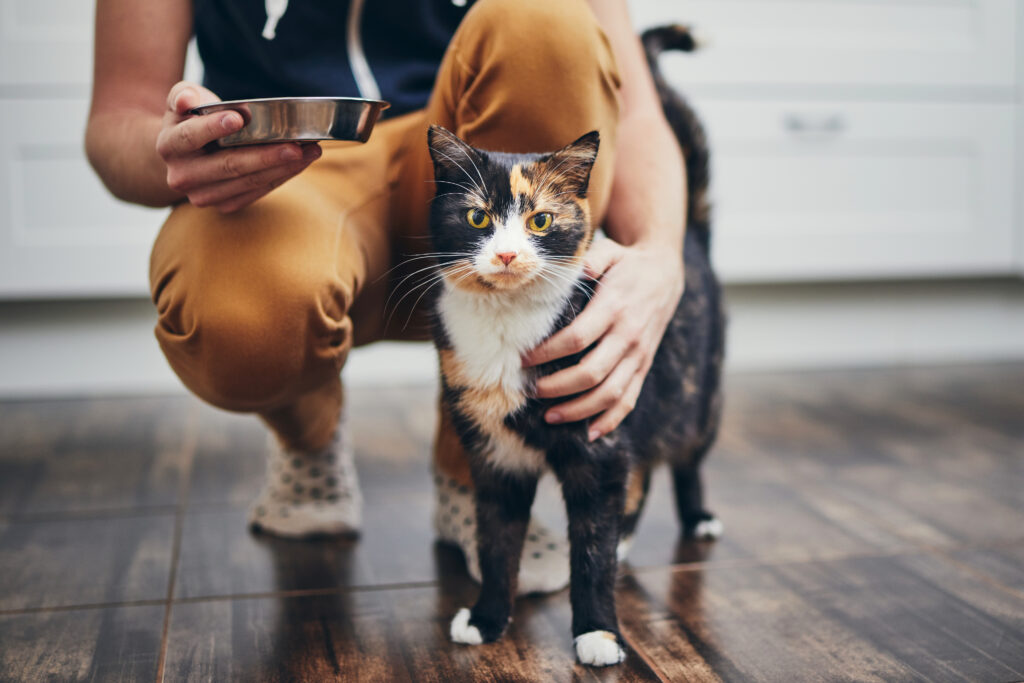
Entice Your Cat: How to Encourage a Picky Cat to Eat
Cat-safe ideas to tempt picky eaters
✓ If your cat eats dry food, try adding some canned/wet food—the smellier, the better! (Think seafood varieties.) We love the Wild Tuna and Salmon cutlets in gravy from Pure Cravings, made with sustainable, wild caught, 100% mercury-tested tuna and salmon. ($30 for a case of 12 cans, purecravings.com)
✓ Sprinkle nutritional yeast on your cat’s food. Many cats go crazy for the nutty, cheese-like flavour and it’s rich in B vitamins. (Note: nutritional yeast and brewer’s yeast are not the same thing.)
✓ Try adding a bit of pureed meat baby food, chicken or turkey variety, to your cat’s regular food. (Be sure it doesn’t contain onion or garlic!)
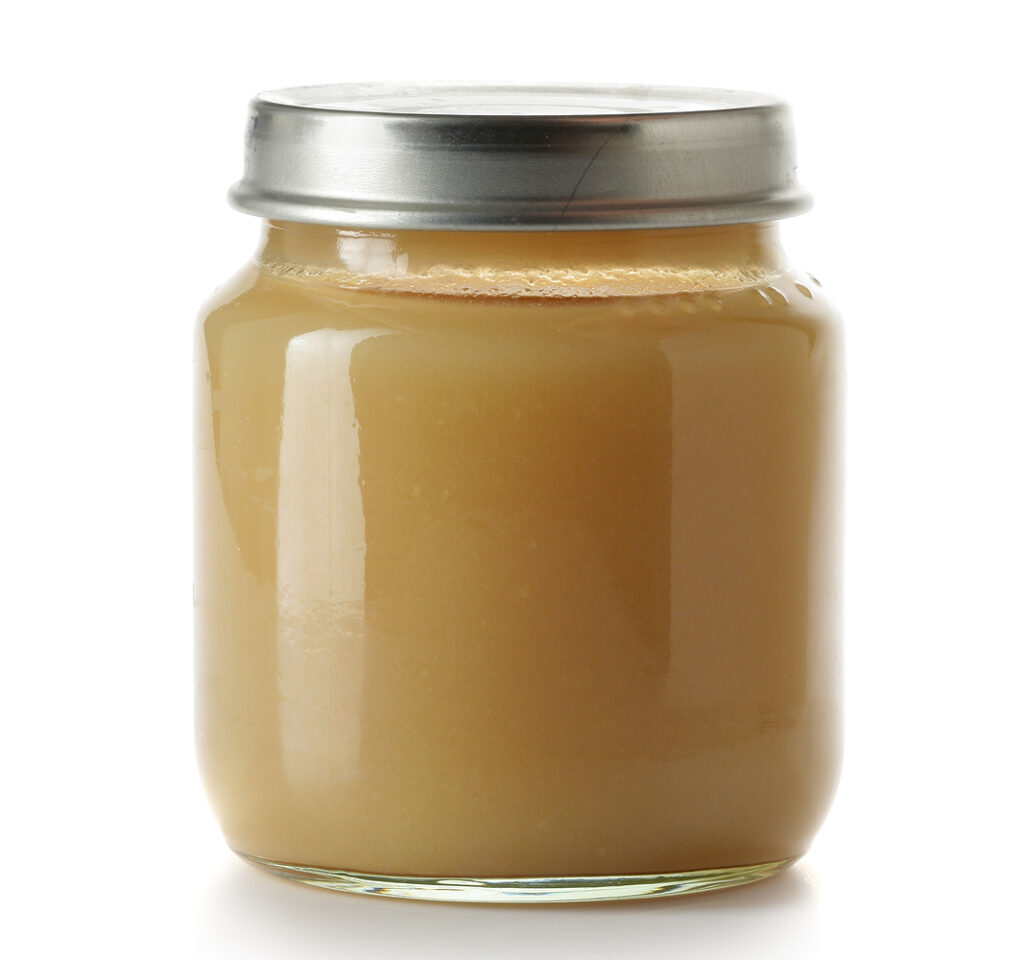
✓ Add a tasty topper formulated especially for cats, such as the Superfood Crumbles Cat Food Topper and Gravy Mix from JAC Pet Nutrition ($8). Available in Chicken, Salmon, or Shrimp formulas, these toppers also contain organic quinoa and turmeric.
✓ Add a bit of fish oil to their food. Added benefit: fish oil improves your cat’s overall health, from skin and fur to joints. We like the pharmaceutical-grade, unscented Salmon Oil from Iceland Pure. (from $15, icelandpure.com)
✓ Add some water from a can of tuna or anchovies. (If your cat is on a low-sodium diet, skip the anchovy water as anchovies can be high in sodium).
Illustration ylivdesign/bigstock.com
✓ Try adding a bit of goat milk, which can encourage a picky cat to eat and has added digestive and immune health benefits. Open Farm’s Goat Milk Digestion Blend includes organic pumpkin, coconut cream, carrots, fennel, and chicory root for an extra boost. (from $13, openfarmpet.com)
Photo madlen/bigstock.com
✓ Try a little sprinkle of parmesan cheese to your cat’s food to get your cat interested.
✓ Add a bit of low sodium chicken broth (again, no onion or garlic!) Or better yet, a bone broth formulated just for pets, like the Primal Pet Foods Turkey Bone Broth,which is made with ingredients such as organic carrots, butternut squash, and turmeric. ($10, primalpetfoods.com/broth)
✓ Try adding a probiotic for pets, such as the Probiotic Everyday chewables from VetriScience, to improve digestion. ($9, vetriscience.com)
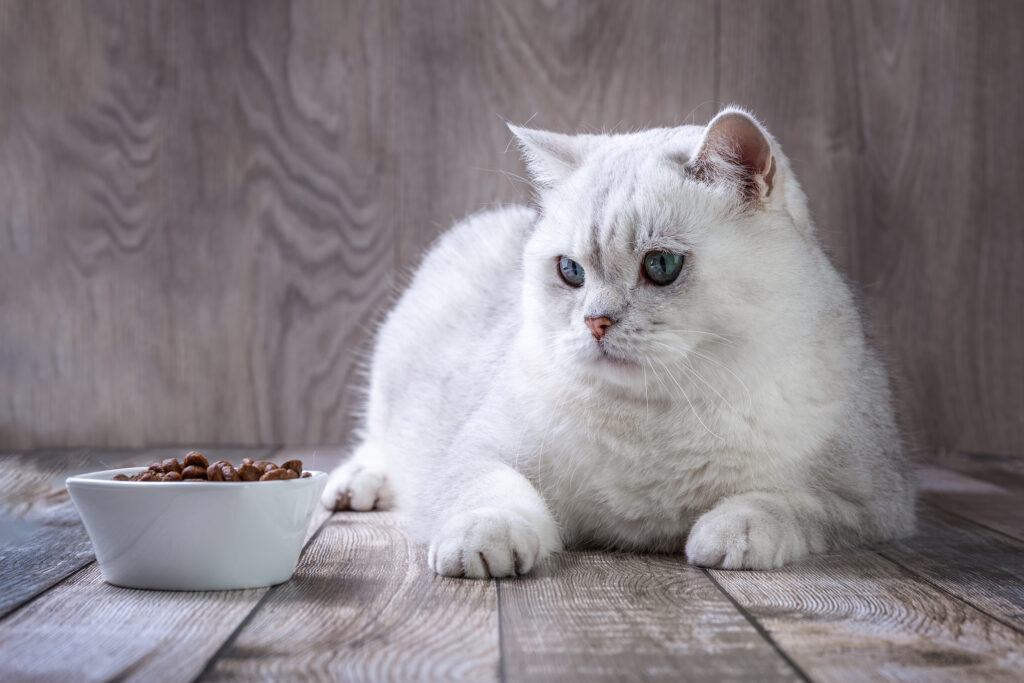
Cat Won’t Eat? Try These Tips for Picky Eaters
1 Hunger strikes are not okay—not eating can be deadly within days. See a vet if your cat doesn’t eat for 24 hours.
2 Never suddenly switch your cat’s food. Always transition to new foods gradually.
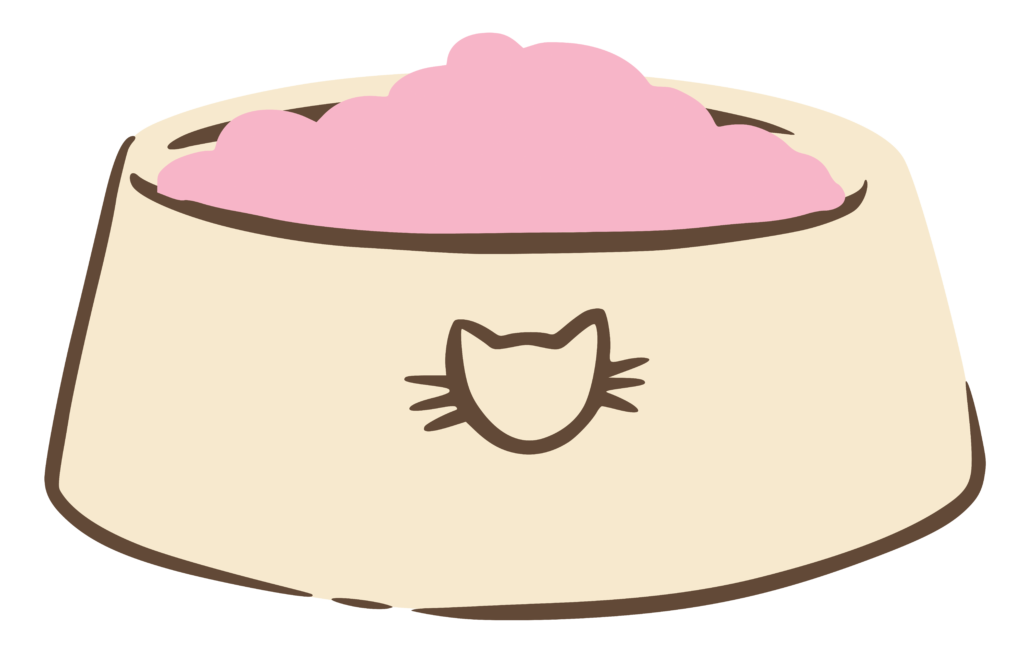
3 Know your cat’s flavour and texture preferences. New isn’t always better.
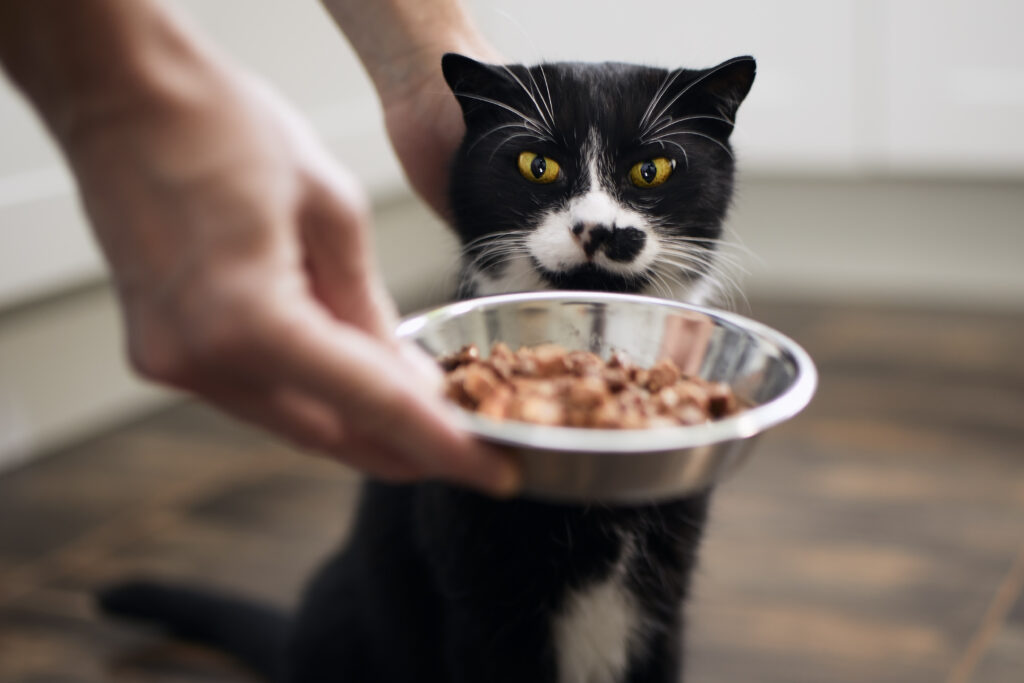
4 Try gently warming the food in the microwave or adding a bit of warm water, which will greatly enhance the smell and help to pique your cat’s interest in eating—cats are very driven by their sense of smell! Just make sure it’s not too hot.
5 Try catnip. Some cat owners report that catnip stimulates their cat’s appetite. Can’t hurt, might help, and provides enrichment.
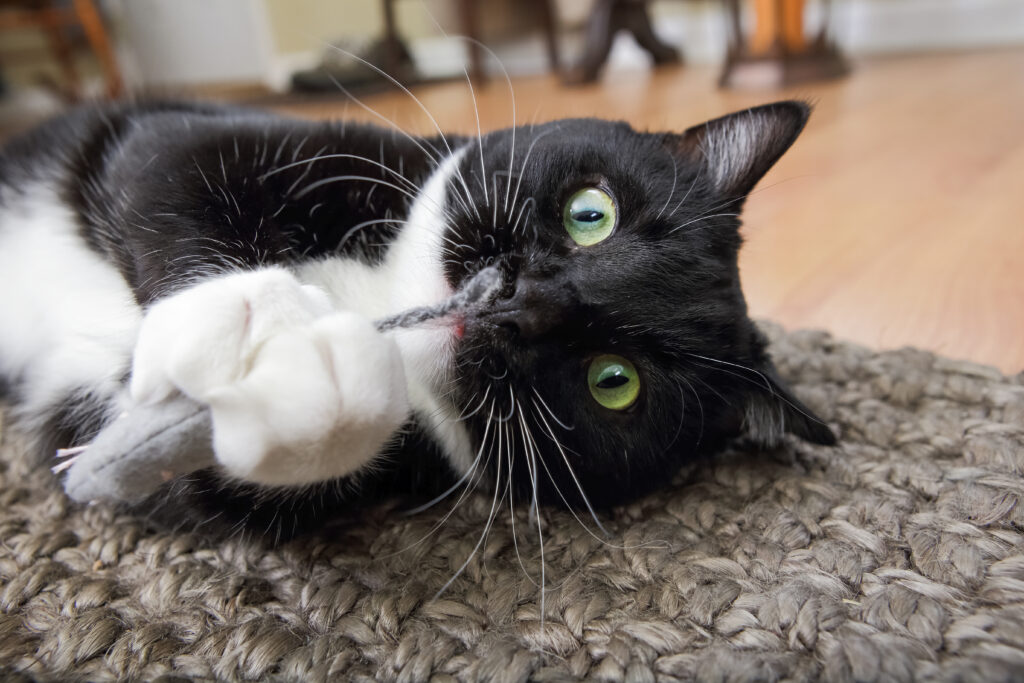
6 Make sure your cat’s food bowl is wide and shallow—or just feed your cat on a plate. A high-sided bowl can cause whisker stress, over-stimulating your cat’s sensitive whiskers and discouraging your cat from eating.
7 Don’t free feed. Serve your cat, leave the food out for 20 minutes, then take it away if they haven’t eaten it. Offer your cat multiple small meals like this throughout the day. If you’re not home to do so, you can get a smart feeder that will automatically feed your cat numerous small meals on a schedule.
8 Decrease treats. A hungry cat is more inclined to eat.
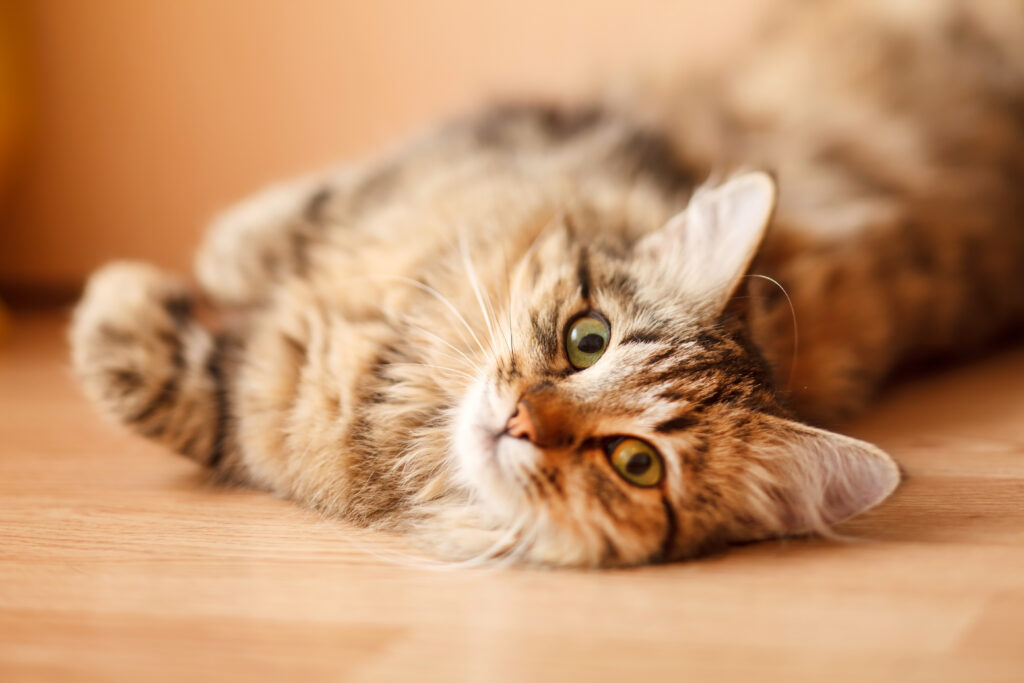
9 Increase exercise to stimulate hunger. Get your cat moving with a laser pointer or feather wand toy session—just remember to let them catch their “prey.”
10 Ditch the bowl and engage your cat’s hunting instincts with this veterinarian-designed Indoor Hunting Feeder system. Instead of putting your cat’s dinner in a dish, put wet food or kibble in these fun, clever feeders so your cat can hunt, catch, and play with many small meals a day, as nature intended. ($20, docandphoebe.com)
This article originally appeared in the award-winning Modern Cat magazine. Subscribe today!
Join the newsletter and never miss out on cat content again!
"*" indicates required fields
By clicking the arrow, you agree to our web Terms of Use and Privacy & Cookie Policy. Easy unsubscribe links are provided in every email.





